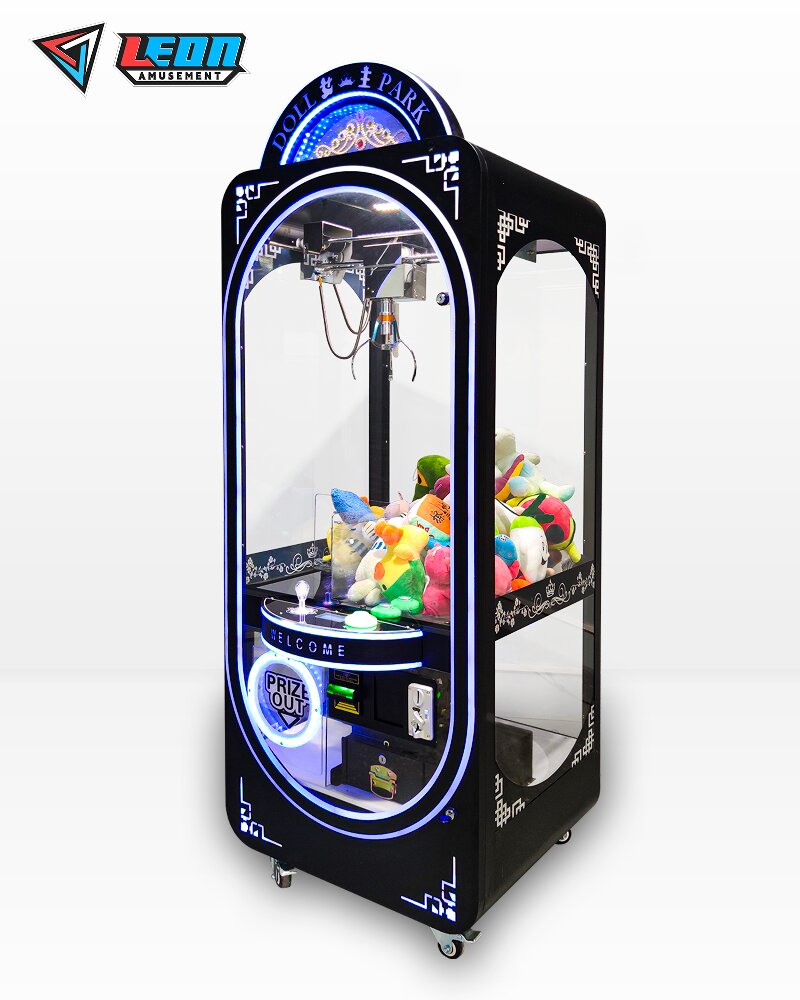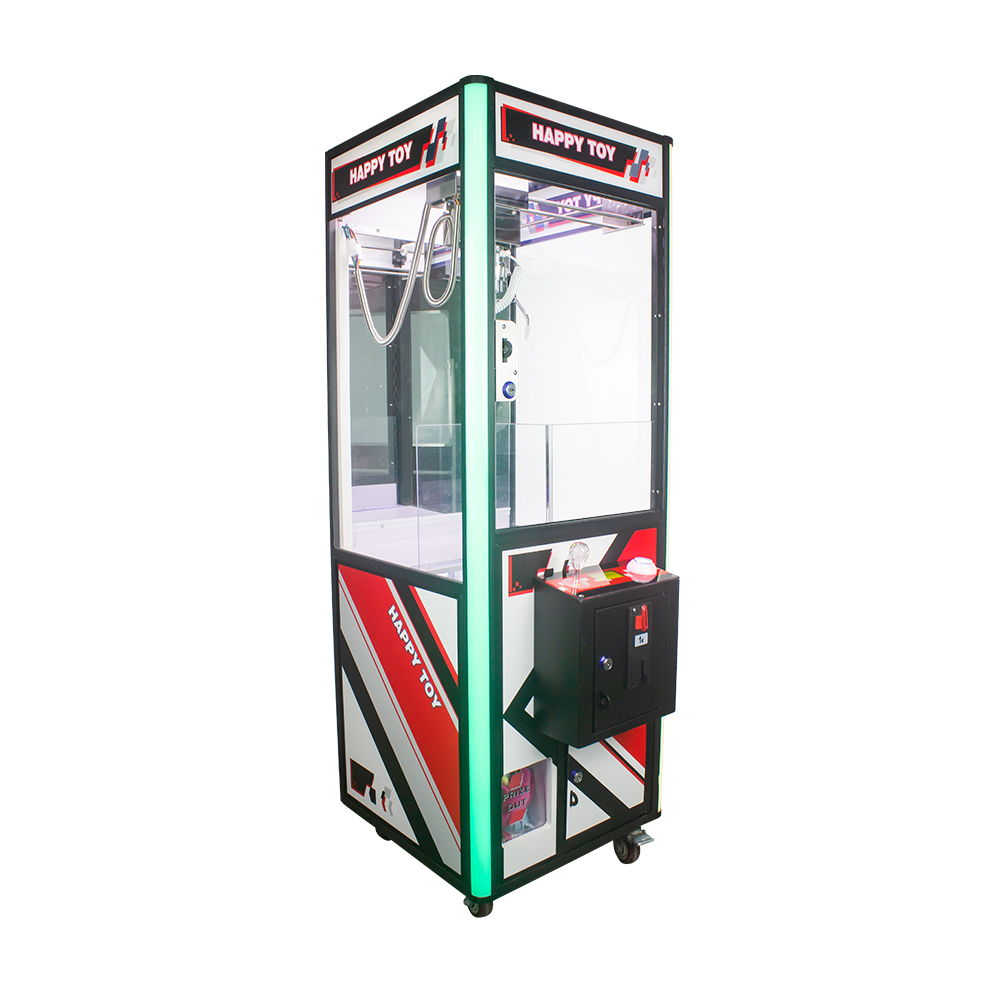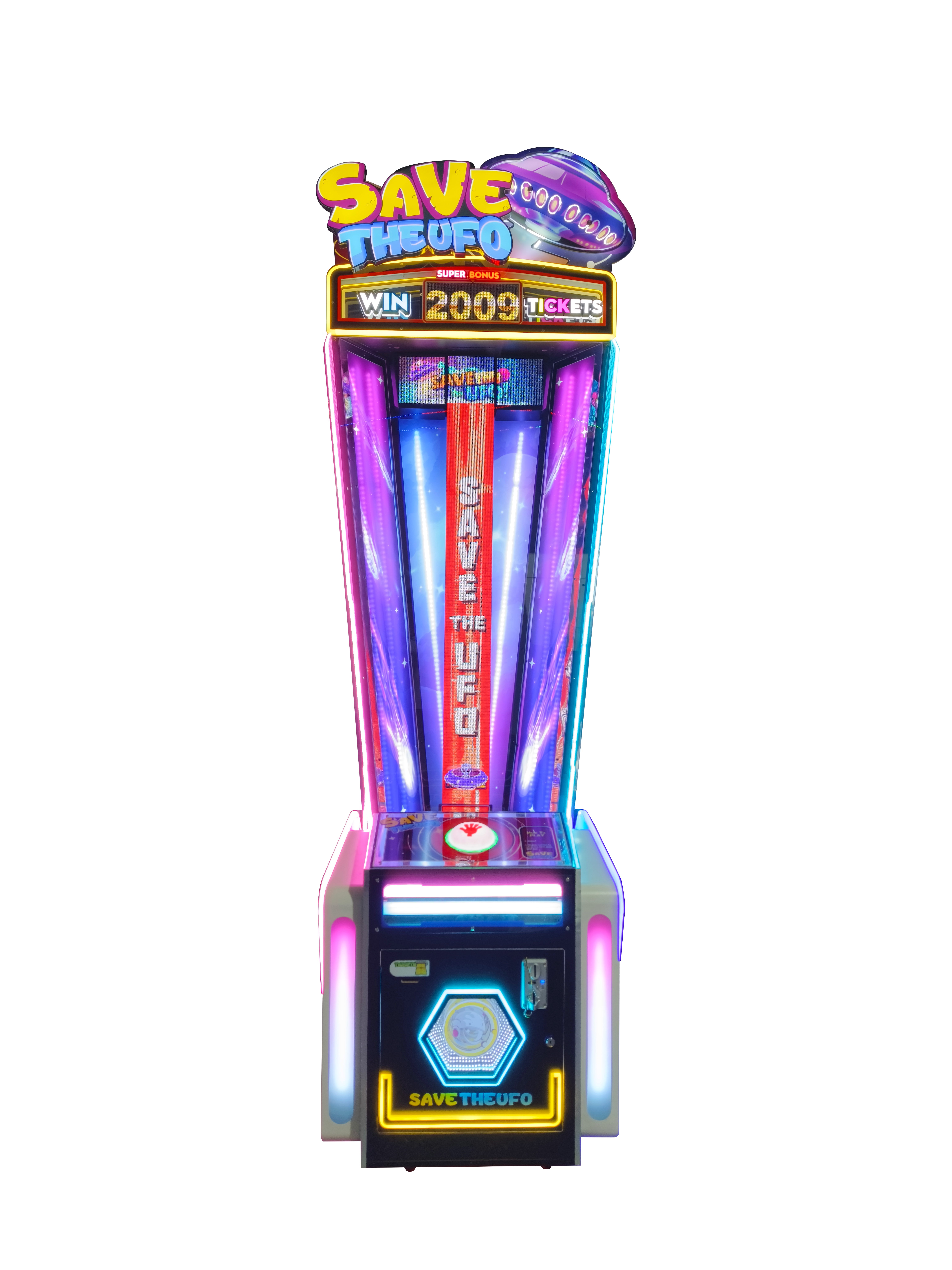By optimizing play revenue, prize selection, strategic location, and marketing strategies, claw machine businesses can achieve significant profitability. For example, in a shopping mall with 200 plays per day at $1 per play, the monthly revenue is $6000. Prize costs are $20 per day, with a net income of $180 per day. In a high-traffic train station, daily revenue can reach $375, totaling $11250 per month. Social media activities can add $300 per month, and contest activities can net $300 per month.
Table of Contents
TogglePlay Revenue
Most claw machines operate on a coin or token system, requiring players to insert a specified amount to play. Play costs usually range from $0.25 to $2.00, depending on location and prize value. For example, in a busy shopping mall, if each play costs $1 and there are 200 plays per day, daily revenue can reach $200, with a monthly revenue of $6000. Digital payment integration, such as credit cards or mobile payment apps, is also becoming a trend, allowing players to play without coins or tokens. This convenience increases play frequency and overall revenue. For example, in high-end malls, if each play costs $1.5 and there are 300 plays per day via mobile payment, daily revenue can reach $450, totaling $13500 per month.

Prize selection
Operators typically purchase low-cost prizes in bulk, such as plush toys, keychains, and novelty items. By procuring these items cheaply, even frequent player wins do not significantly impact profits. For example, a common plush toy costs $1 wholesale. If there are 500 plays per day with a 10% win rate, 50 prizes are needed daily, costing $50. With $1 per play, daily revenue is $500, and net income after prize costs is $450, yielding a 90% profit margin. Some machines offer high-end prizes, such as electronics or branded merchandise, which attract more players. These machines usually charge higher fees and have more challenging gameplay to balance increased prize value. For example, a machine offering a smartwatch at $2 per play, with 200 plays per day, has a monthly revenue of $12000. The smartwatch costs $50 wholesale, and with a 5% win rate, 10 prizes per month cost $500, resulting in a net income of $11500, showing high profitability.
Operators can also choose seasonal or holiday-specific prizes to attract more players. For example, during Halloween, machines can offer themed plush toys costing $1.2 each. With 300 plays per day and a 15% win rate, 45 prizes are needed daily, costing $54. If each play costs $1.5, daily revenue is $450, and net income after prize costs is $396, yielding an 88% profit margin. By wisely selecting and purchasing prizes, operators can maintain high profitability while providing attractive offerings. For example, some operators source large quantities of inexpensive toys from China at $0.5 each. With 600 plays per day and a 20% win rate, 120 prizes are needed daily, costing $60. If each play costs $0.75, daily revenue is $450, and net income after prize costs is $390, yielding an 86% profit margin.

Strategic Location
Placing machines in high-traffic areas, such as shopping malls, cinemas, and family entertainment centers, ensures a steady flow of potential players. Visibility and accessibility of the location significantly impact machine profitability. For example, in a large cinema with 5000 daily visitors, if one in 20 people plays at $1.5 per play, daily revenue is $375, with monthly revenue reaching $11250. If the same machine is placed in a small mall with 1000 daily visitors and one in 50 people plays at $1 per play, daily revenue is $20, with monthly revenue only $600.
Placing machines in themed environments, such as amusement parks, can significantly enhance the gaming experience. Thematic consistency attracts specific demographics, such as families with children, encouraging them to spend more time and money. For example, in a themed amusement park, a machine with cartoon characters costs $2 per play, attracting 400 plays per day, with daily revenue of $800 and monthly revenue of $24000. In a regular amusement park with 200 plays per day at $1.5 per play, daily revenue is $300, with monthly revenue of $9000.
In high-traffic transportation hubs, such as train stations or airports, claw machines perform exceptionally well. For example, in a large airport with 100000 daily visitors, if one in 100 people plays at $2 per play, daily revenue is $2000, with monthly revenue of $60000. In a medium-sized train station with 20000 daily visitors and one in 200 people playing at $1.5 per play, daily revenue is $150, with monthly revenue of $4500.
Near schools and universities are also excellent locations, especially during exam seasons or the end of semesters when students are stressed and more likely to play. For example, in a university with 20000 students, if one in 100 students plays at $1 per play, daily revenue is $200, with monthly revenue of $6000. During exam periods, play frequency might double, with daily revenue reaching $400 and monthly revenue of $12000.
During holidays, moving machines to temporary high-traffic areas, such as holiday markets or exhibitions, can significantly boost short-term revenue. For example, during a holiday exhibition with 30000 daily visitors, if one in 500 people plays at $2 per play, daily revenue is $120. A 10-day exhibition can generate $1200, compared to the machine’s regular monthly revenue of $600.

Marketing and Promotions
Holding special events or promotions, such as discounted play rates or free tokens, can significantly attract more players. For example, a mall operator offers a “buy five, get one free” promotion on weekends, usually charging $1 per play. During the promotion, players pay $5 for six plays. Suppose there are usually 300 plays per day on weekends, but the promotion increases it to 500 plays, daily revenue increases from $300 to $500. Promotions also enhance player satisfaction and loyalty, encouraging more frequent visits during non-promotion periods.
Seasonal themes and holiday-specific prizes can effectively engage players. For example, during Christmas, machines offering holiday-themed plush toys and decorations, costing $1.5 each, increase daily plays from 300 to 400, with $1.5 per play, boosting daily revenue from $450 to $600, a 33% increase. The festive decor and atmosphere also enhance player enjoyment and participation.
Using social media to showcase winners and promote new prizes can significantly boost visibility and attract a broader audience. For example, an operator posts videos and photos of winners on Instagram and Facebook, averaging 1000 views and 50 likes per post. If 5% of viewers convert to players, each post brings 50 new plays, generating $75 in additional revenue per post at $1.5 per play. Monthly, four posts can add $300 to the revenue.
Operators can also increase engagement and revenue by hosting competitions or lotteries. For example, a “monthly claw machine competition” where the player who grabs the most prizes within a set time wins a grand prize like a tablet or high-end electronic device. If each competition attracts 100 players, each paying a $5 entry fee, total revenue is $500. With a $200 prize cost, net income is $300. Monthly competitions can add $3600 in annual revenue.
Online advertising is another effective promotional method. For example, targeted ads on Google or Facebook can attract local customers. Suppose monthly ad spending is $100, with a 2% click-through rate and a 10% conversion rate, averaging $0.5 per click. Monthly, ads generate 200 clicks, converting to 20 plays, each at $1.5, adding $30 in revenue. Although ad costs exceed direct revenue, long-term brand awareness and customer accumulation offer greater returns.








